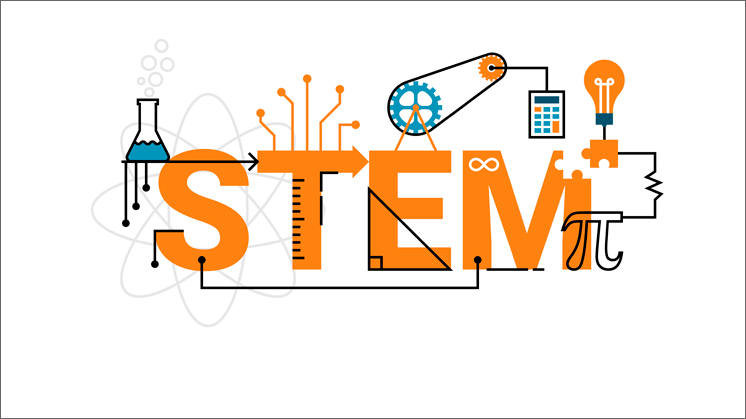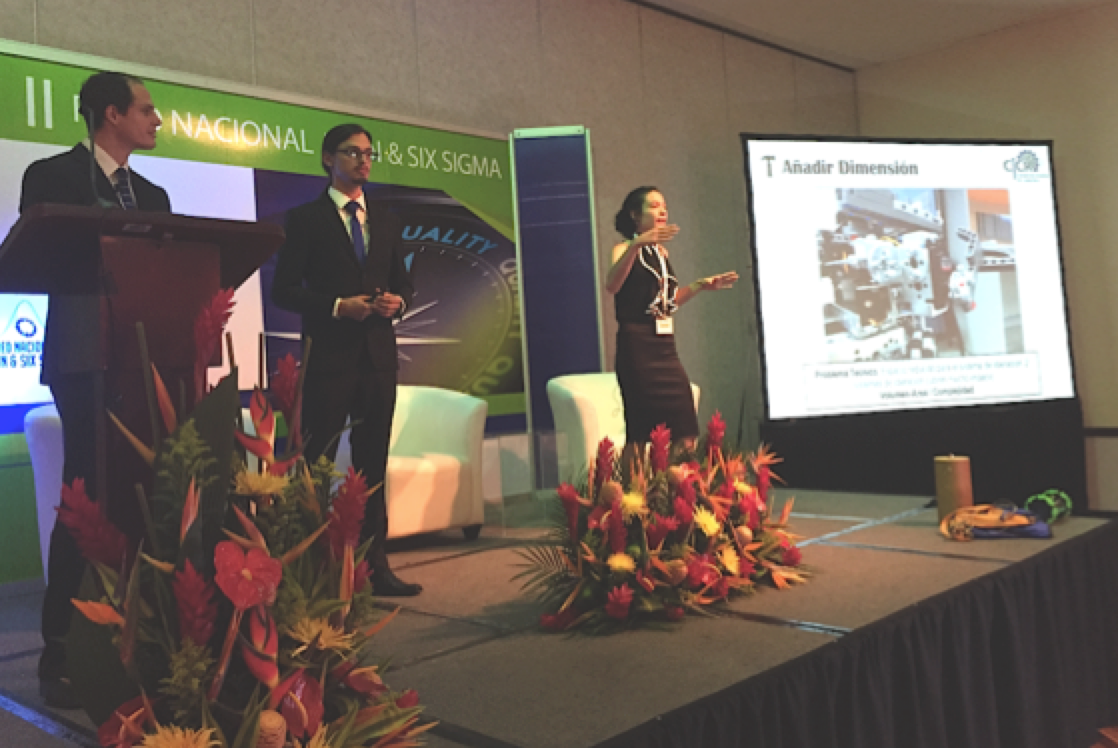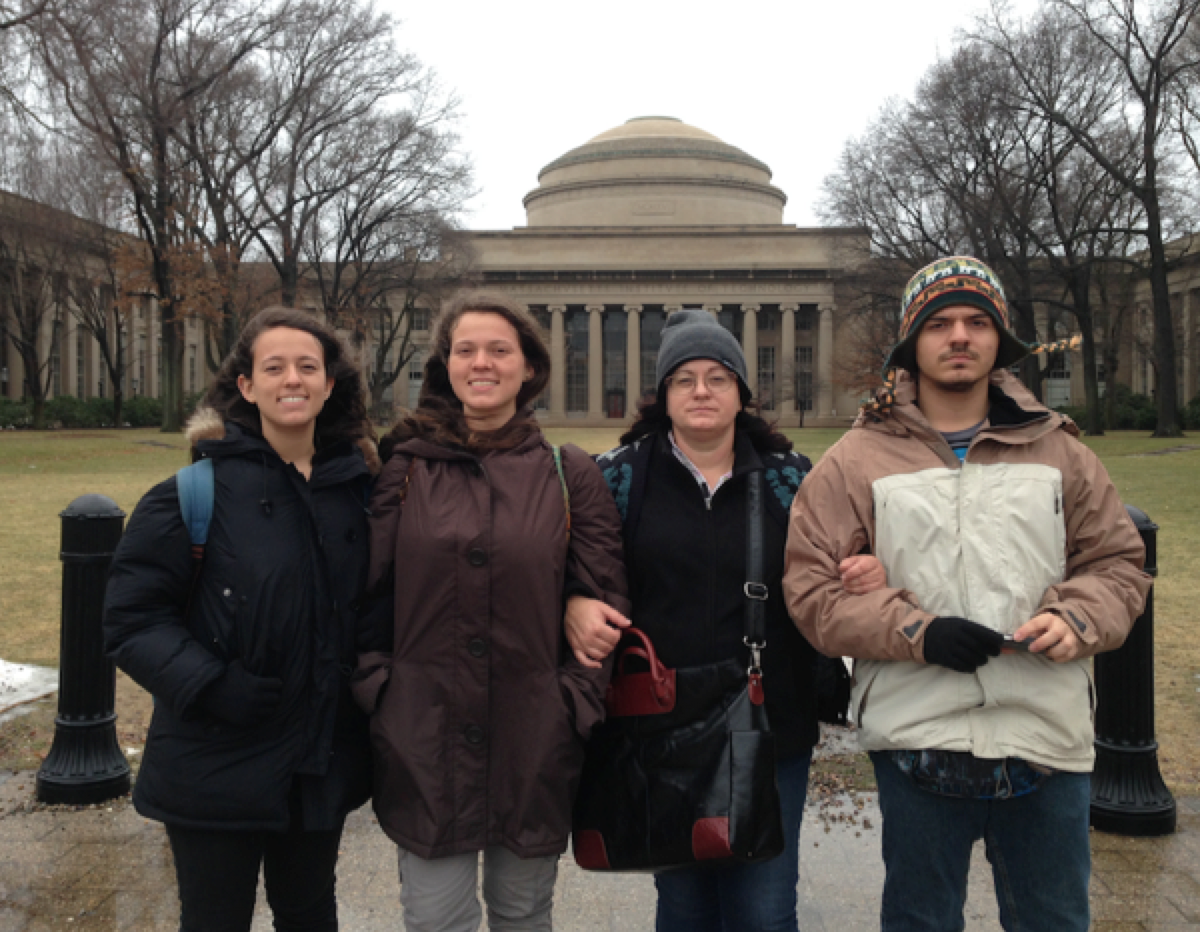Science, Technology, Engineering and Mathematics, STEM, is the topic Bill Troy asked to discuss in his March, A View from the Q blog.
I will answer in two parts. In part one, I will discuss how to encourage STEM in general, and then in part two I will give a few examples from my own country Costa Rica.
ENCOURAGING SCIENCE, TECHNOLOGY, ENGINEERING AND MATH
Teachers at all levels, from elementary school to college, try to do their best to instill STEM in their students. But for some reason early in our education, we come to the wrong conclusion that only the smartest kids will get it. Pop American mathematician John Allen Paulos created the term “Innumeracy” to describe the dangers of mathematical incompetence in daily life. School fails to make science and math a natural part of our identity. The great danger of this is that we separate math reasoning from many professions and jobs. Very poor analysis is seen everyday in judge’s decisions, journalist’s commentaries, political leader’s pronouncements, etc.
Why should science and math be any different from dancing, reading, or sports? Before we encourage the next generation of engineers and scientists, we need to make STEM natural to everybody, and the way to do it is to demonstrate its benefits to solving daily life problems. Take science fairs for example, instead of looking for the answer of a real and useful issue, students and parents google “science fair projects” and get thousands of “ideas” of precooked well intentioned but meaningless “science projects”. I ask professionals in their thirties and forties, when was the last time they used the Scientific Method? The answer is usually “back in the early years of college or in high school”. No wonder we are not even close to solving even the simplest of problems.
So, how can we encourage STEM in the younger generations? Make it natural, enjoyable and suitable for everybody. Then more high school students will decide to pursue technical professions and also those who pursue non-technical careers will have better skills to succeed in their fields.
STEM IN COSTA RICA (a couple of examples)
I come from a small country. We in Costa Rica see ourselves as an ongoing “social experiment” enjoying a high degree of social success, regardless of the size of our territory and economy. It makes no sense to compare ourselves to larger countries, to give an example there were 6.2 million scientists and engineers in the US in 2012, and we are a total of 4.4 million people in the whole country. So big numbers are not our forte. However our free education system, guaranteed by our constitution, helps us produce hundreds of high quality scientists, engineers and mathematicians every year. Universidad de Costa Rica, our largest university ranks 285 in the world.
Let me present two quick examples that make me think there is hope for a bright future for STEM in Costa Rica.
TRIZ Robots
A few weeks ago I met two Electrical Engineering students at UCR (Universidad de Costa Rica), Laura Fonseca, William Fallas. Laura and William (along with Andrés Solano) presented their award winning robots in the II Lean Six Sigma Conference in Costa Rica. Mentor Sebastián Murillo, a Master Black Belt from Costa Rica´s Intel Mega Lab R&D facility, suggested to the team that they should use TRIZ (the Russian inventive set of tools) to improve their machines performance. Their robot qualified for the final round of the 11th World Robot Olympiad (WRO, 2014) in Sochi, Russia, and won the award for the fastest and easiest to control and managed to place sixth overall among the 45 participant countries. Back in the local Lean Six Sigma conference, Laura told me she has been playing with Legos ® all her life, so engineering is very natural for her (not to mention that she also studies Pure Mathematics). But, for me, the most amazing thing was to see Laura and William, very naturally addressing a group of 200 professionals as if they were speaking with a few friends.
Laura Fonseca (far right) and William Fallas (middle) presenting their award winning robots.
Sebastián Murillo, mentor (left side)
STEM at home
And finally, an example very close to my heart, my own STEM family. I married Carmen, my wife, when she was an engineering student, and I got a Fulbright scholarship to study a master degree in engineering in the US. When we returned to Costa Rica, in the early 90’s, we decided Carmen would stay home to raise our three kids (Sofía, Carmencita, and Antonio). Being the smartest in the family, it was very easy for Carmen to naturally inculcate the love for knowledge in our children. All grown-ups now, and all in college, Carmen went back to the university and just finished her degree in mathematics, always her strongest topic. Sofía first decided to study medicine but she missed mathematics so much that she decided to switch to Actuarial Sciences (a combination of Economics, Math and Statistics) and Pure Math. Last year she got a bronze medal in the Latin American Math Olympiad and she just returned from Brazil, where she studied at IMPA for the summer term. IMPA is one of the best math universities in the world. Carmencita went to study Design Engineering, and guess what? She decided there wasn’t enough math in the curriculum and she switched to Statistic. She is currently starting her second year. Antonio is studying Business Administration and enjoying every minute of it. STEM was always natural in our house, and their stay-at-home-mom had no problem helping them with calculus or physics or anything else.
My STEM family. Carmencita, Sofía, Carmen and Antonio last year at MIT during our vacations
There is still a lot we have to do as a country; we need more funds allocated to R&D, more math and science programs related to daily issues, but these two examples show that naturally teaching kids math and science will result in more STEM professionals in the long run.





